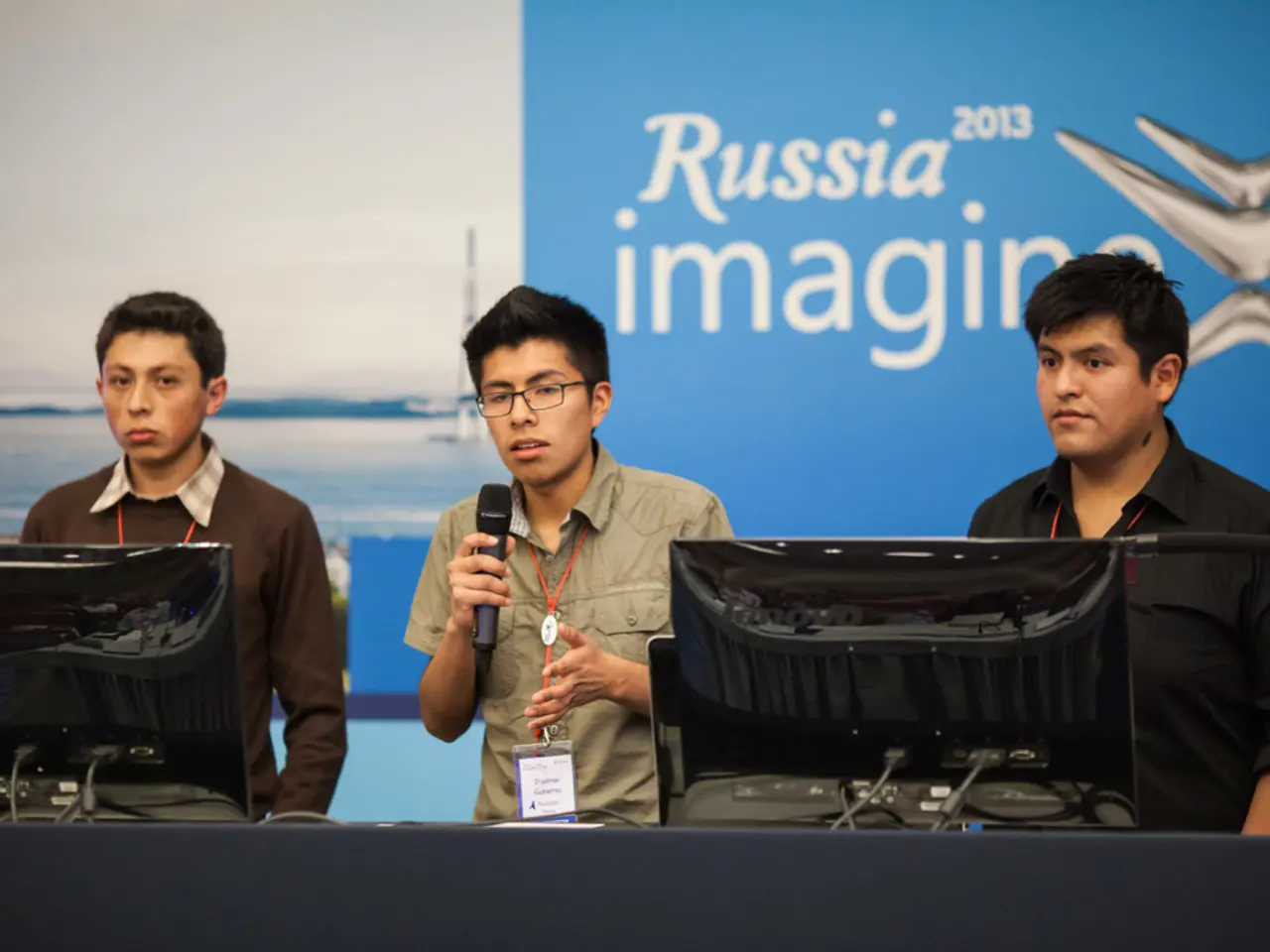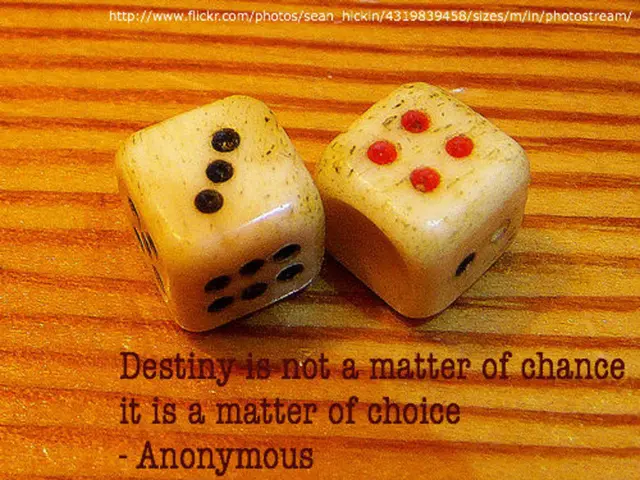Transforming the landscape: Innovation-driven reconstruction in Ukraine's tech sector
Ukraine's tech sector in 2025 presents a dynamic landscape, characterised by a mix of substantial funding opportunities and notable challenges.
Funding Opportunities
The Ukrainian defense tech and startup ecosystem benefits from a variety of funding sources. The 2025 defense budget, amounting to approximately $53.7 billion (2.22 trillion hryvnias), prioritises advanced military technology and domestic production capabilities [2]. Europe has surpassed the U.S. in military aid, providing €72 billion compared to $65 billion from the U.S., supporting advanced autonomous warfare technologies such as AI-guided drones [1].
The "Build with Ukraine" program fosters the export of battle-tested defense technologies and sets up production facilities abroad through partnerships. For instance, Denmark has established a $47 million drone production facility in Copenhagen [2]. Startups like TenCore and Ukrainian Aerospace attract venture capital and defense contracts, driven by their agility and innovation [2].
Innovative financial instruments, such as Ukraine Resilience Bonds (URBs) and the Europe–Ukraine Strategic Investment Facility (EUSIF), aim to de-risk institutional investments and foster a sustainable ecosystem beyond immediate war needs [2]. The European Innovation Council (EIC) allocated an additional €20 million in 2025 for Ukrainian deep-tech startups and SMEs, focusing on transitioning technologies from development to market deployment [4].
Challenges
Despite these opportunities, Ukraine's tech sector operates under intense strain due to various challenges. Sustaining high-volume production and innovation is a significant hurdle, as Ukraine plans to produce up to 5 million drones in 2025, with half expected to have AI guidance [1]. This requires overcoming manufacturing scale, quality assurance, and integration into evolving battlefield requirements.
The shift toward autonomous drone swarms raises ethical, operational, and electronic warfare challenges. Ensuring resilience against countermeasures while maintaining control and reliability of AI systems is a complex frontier [1]. Geopolitical and economic dependencies also pose challenges, as Ukraine remains dependent on allied funding, which may fluctuate with political changes in donor countries [2].
Startup ecosystem fragility, war-time conditions, infrastructure challenges, and talent retention represent ongoing hurdles for Ukrainian startups aiming for long-term innovation and commercialization [2][4]. Scaling integration into European markets also requires navigating competitive ecosystems, regulatory requirements, and supply chain complexities [4].
A Look Ahead
In 2025, a list of 10 companies to watch has been identified within Ukraine's tech sector. The growth in grants and partnerships could potentially lead to increased capital for reconstruction and scale-up in Ukraine's tech sector. However, capital for reconstruction and scale-up remains insufficient [5].
The number of Ukrainian IT companies partnering with global firms has risen to over 45%. The surge in partnerships could potentially address labour shortages in Ukraine's tech sector. Many Ukrainian tech companies are establishing operations abroad, expanding the influence of Ukraine's tech sector globally [5].
Infrastructure weaknesses and security risks are ongoing challenges in Ukraine's tech sector. In 2024, grants allocated to Ukraine's tech sector increased sharply from $6.9 million the previous year [5]. International support for Ukraine's tech sector has significantly increased, with over $50 million in grants allocated in 2024 [5].
Ukraine's global startup ecosystem ranking improved from 50th in 2022 to 46th in 2024, placing it 2nd in Central and Eastern Europe [6]. The defense-tech industry has seen a rapid rise, with innovation in areas like drone technology, secure communications, and battlefield AI [6].
In conclusion, Ukraine's tech sector in 2025 enjoys robust and diversified funding streams, supported by strong European aid, strategic partnerships, innovative finance, and emerging private sector dynamism. However, it simultaneously confronts significant production, technological, geopolitical, and ecosystem scaling challenges as it transitions toward advanced autonomous warfare and deeper integration into global markets.
- The growth in grants and partnerships could potentially lead to increased capital for investing in Ukraine's tech sector beyond immediate war needs, supporting its long-term innovation and commercialization.
- The advancements in Ukraine's defense-tech industry, such as drone technology, secure communications, and battlefield AI, present significant opportunities for fintech and finance, particularly in the area of investing in cutting-edge technology.




